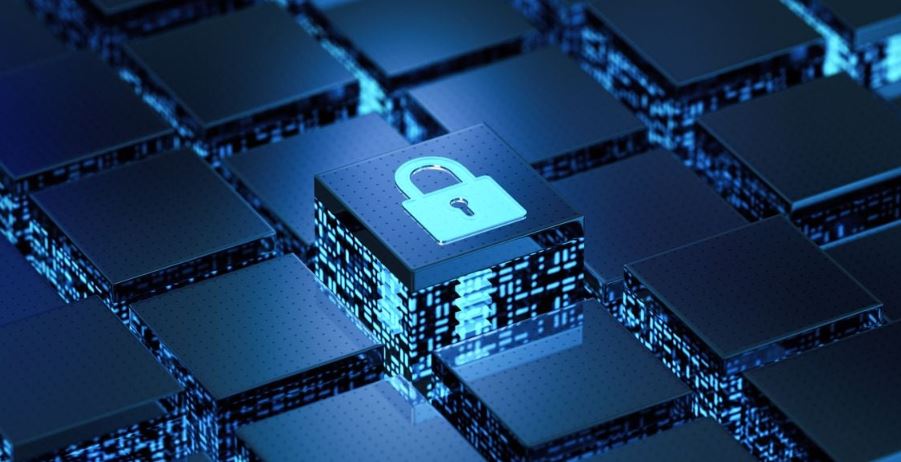
ChalkStart, Inc. – can help you with all your software application interfaces, custom software design, software security updates and patching, SMART Grid, SCADA System design, Telecommunications transport design, I.T. networking design, Cybersecurity protection, custom business platform design, SEO improvements, digital marketing, and much more…





